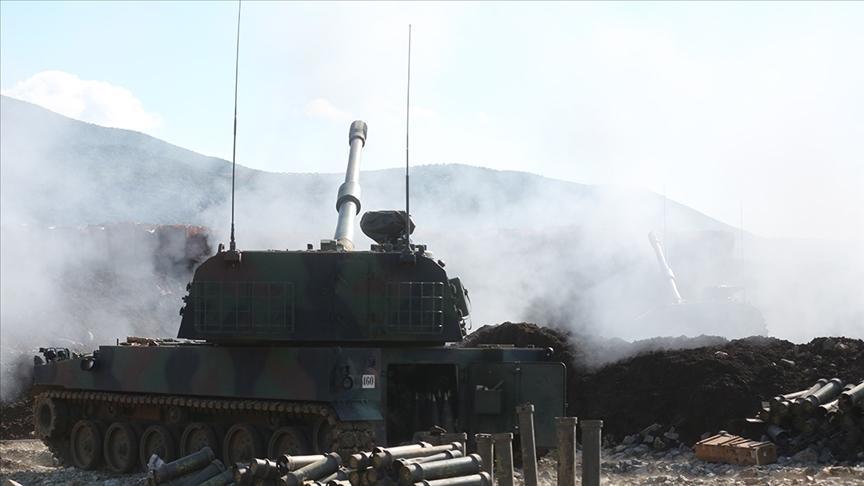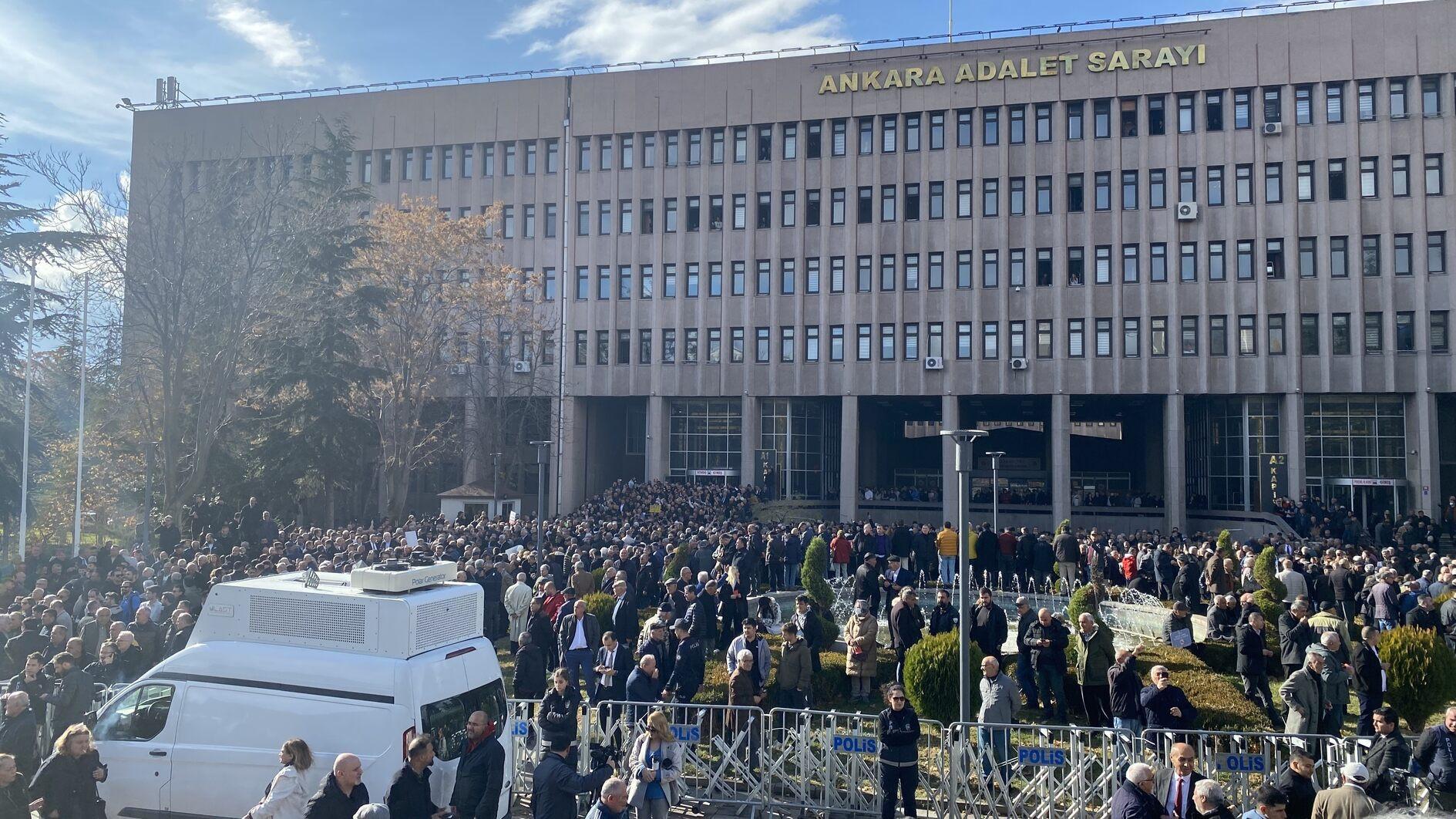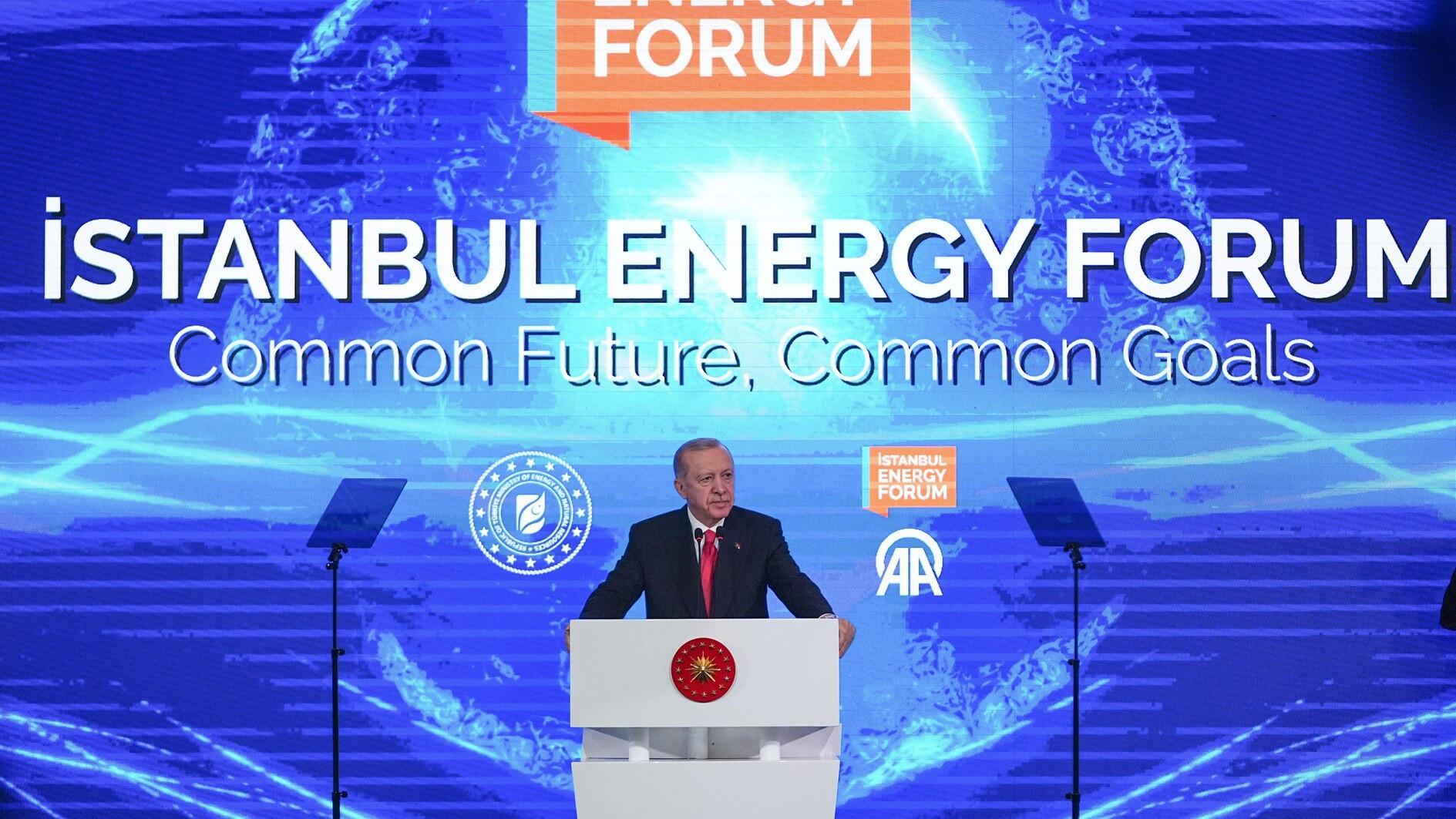Iran denies Russian women paid to cover up in nuclear plant
TEHRAN - Agence France-Presse

Iranian women buy medicine from a pharmacy in Tehran on October 21, 2012. AFP Photo
Iran on Wednesday denied statements by a lawmaker that is it paying Russian women working as technicians at its sole nuclear power plant to adhere to the Islamic dress code, the Fars news agency reported."Based on the reports we got from our local office and the governor's office in Bushehr, hijab payment for Russian women is absolutely not true," Hassan Ghashghavi, deputy foreign minister in charge of consular affairs, was quoted as saying.
MP Mehdi Mousavinejad, who represents a constituency in southern Bushehr province, told the ISNA news agency on Tuesday that "based on contracts signed with female Russian employees at the Bushehr (nuclear) power plant, they receive a hijab payment," but despite the payment they do not fulfil their "commitments".
"Unfortunately, they do not properly observe what is (asked of them), which is mentioned in the contracts," he said, while criticising authorities for a lax oversight on Russians working at the plant.
He did not how much money was paid, or how many female technicians are working at the Bushehr nuclear plant.
Ghashghavi however disputed the comments.
"There is no mention of such issue in the contract between Russia and Iran's atomic energy organisation or any local contracts. There is no hijab payment to the Russian women nor to any foreigner working in Iran," he stressed.
Ghashghavi added that the Russian women adhere to the "moral codes and norms of the religious people of Bushehr." Women in Iran, regardless of their nationality or religion, are required to cover their hair and much of the body. Those who do not abide by the rule -- known as hijab -- may face arrest.
Russia took over as the main contractor at Bushehr in the mid-90s, but the plant is yet to be fully operational and connected to Iran's national grid.
A defining element of Iran since the Islamic revolution in 1979, the hijab has translated into women wearing long, loose clothing to conceal their figures.
















